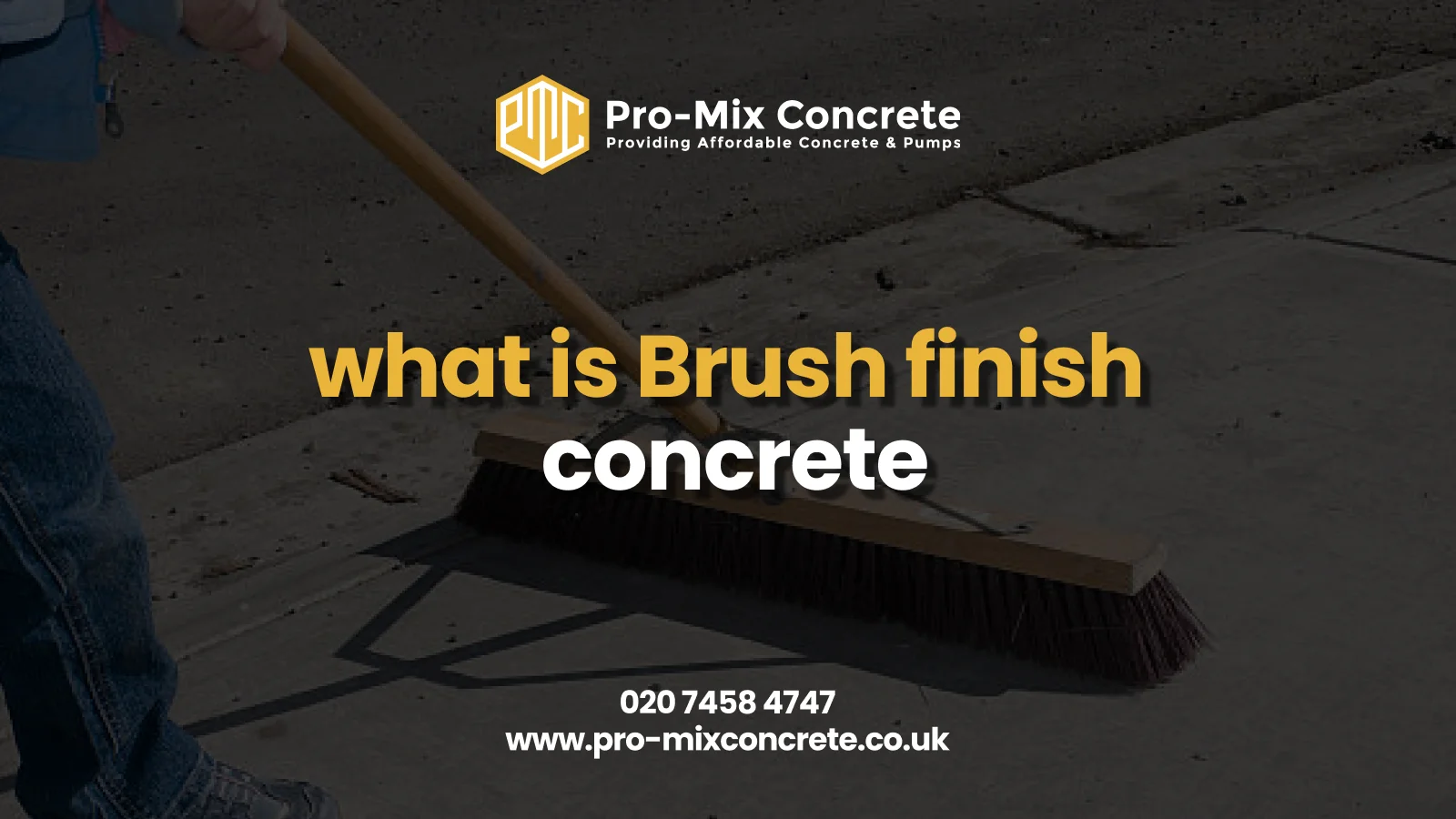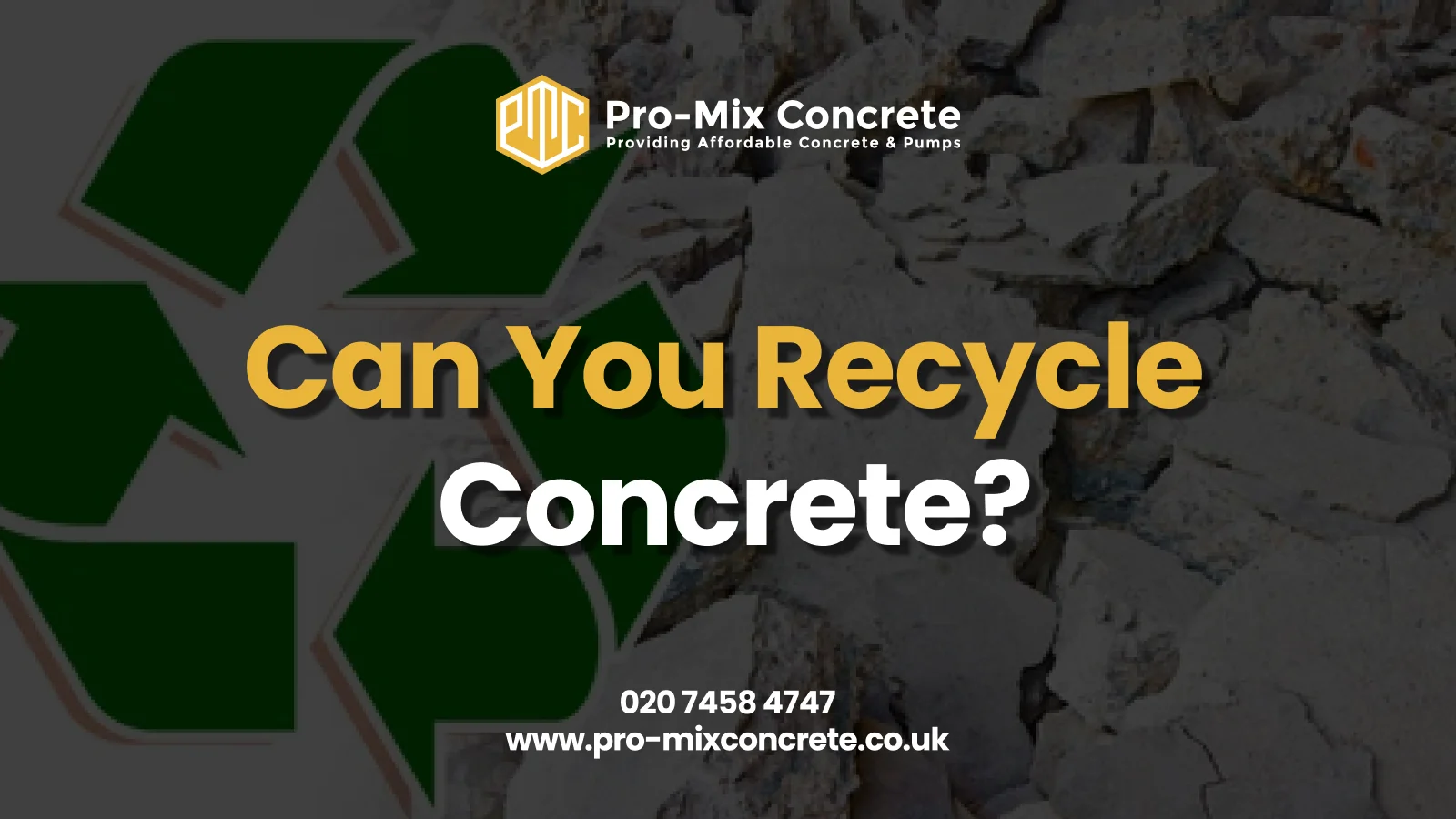Do I have to water new concrete? That’s a question many people ask, and the answer isn’t as simple as a yes or no. Concrete doesn’t dry; it cures. This process depends on controlled hydration, which strengthens the material over time.
Concrete needs the right balance of moisture to develop strength, but overwatering or neglecting it can lead to cracks and weak spots. Understanding proper new concrete watering techniques ensures your project stands the test of time.
Science Behind Concrete Hydration
The reaction occurs when water combines with cement!
The active compounds present in cement engage with water molecules. It triggers a chemical reaction that drives the process of hydration. This serves as the cornerstone of concrete’s strength. This represents a remarkable achievement in molecular cohesion. Moreover, this gives rise to resilient structures.
Is Constant Watering of New Concrete Necessary?
Many builders believe frequent watering of new concrete is essential. This practice has been passed down through generations, becoming standard procedure on many job sites.
Supporters claim water is the “lifeblood” of concrete. They insist it’s crucial for strength and durability. But is there truth to these long-held beliefs?
Today’s concrete specialists challenge the notion of excessive watering. Their research reveals a more nuanced approach to proper curing. Modern concrete mixtures contain optimised water-cement ratios. These formulations require less additional water than older mixes.
New moisture retention techniques have revolutionised concrete curing. Products like curing compounds and vapor barriers effectively lock in existing moisture.
The key is balance. Concrete needs enough moisture for proper chemical reactions without being oversaturated. This balanced approach creates stronger, more durable concrete without the hassle of constant watering.
Knowing how long to water new concrete depends on several factors including weather conditions and the specific mix used. Generally, most professionals recommend maintaining moisture for 5-7 days after pouring in moderate conditions.
Factors That Affect Concrete Curing
Concrete curing is affected by several key factors. Understanding these helps ensure your concrete sets properly and achieves optimal strength.
1. Environmental Factors
Temperature
Temperature plays a vital role in how quickly concrete cures. Warmer conditions accelerate the chemical reactions that strengthen concrete, while cooler temperatures slow this process down.
- Higher temperatures speed up curing.
- Lower temperatures slow down the process.
- Extreme heat can cause cracking.
Humidity
The moisture level in the air directly impacts how concrete cures. Proper hydration is essential for the cement to fully react and create strong bonds within the mixture.
- Proper moisture is essential for complete curing
- Low humidity can dry concrete too quickly
- High humidity extends curing time
Air Movement
Even gentle breezes can affect how concrete cures by removing surface moisture. This is why wind protection is often necessary during the critical early curing phase.
- Breezes can remove surface moisture
- Wind protection may be necessary
- Even gentle air flow affects moisture retention
2. Project-Specific Factors
Concrete Properties
The physical characteristics of your concrete mix significantly influence how it cures. Thicker pours generally take longer to cure completely than thinner applications.
- Thickness affects curing time
- Mix design influences strength development
- Water-cement ratio impacts final strength
Site Conditions
Where your concrete is poured matters almost as much as what’s in the mix. Environmental conditions at your specific location will influence the curing process.
- Shaded vs. sunny locations cure differently
- Ground temperature affects bottom curing
- Surrounding structures can impact air flow
Strength Requirements
Different projects have different strengths and needs. The required final strength of your concrete will determine the appropriate curing approach and timeline.
- Higher strength needs longer curing
- Different applications have different strengths and needs
- Final use determines the curing approach
5 Best Concrete Curing Practices
Equipped with this newfound knowledge, let us explore the optimal practices that pave the way for successful concrete curing.
1. Employing Moisture Retention Techniques
It is needed during the initial stages of curing. Covering the concrete surface with plastic sheets or curing compounds forms a barrier. It provides efficient hydration and reduces the risk of surface cracking.
The question of whether to water new concrete depends largely on the environment and your specific project. In most cases, using moisture retention methods is more effective than direct watering.
2. Extreme Temperatures
Additionally, this factor is also known to negatively impact the concrete.
- In hot weather, methods like shading, misting, or evaporation retarders can prevent rapid drying.
- Insulating blankets or heating systems may be employed in cold weather to maintain favourable curing conditions.
3. Time
Rushing this process can compromise the concrete’s long-term performance. Whereas extending it beyond the necessary time can cause unnecessary delays.
Note: Do I have to water new concrete if I’m using curing compounds? This is a common question from contractors and DIY enthusiasts. When using quality curing compounds that create an effective moisture barrier, additional watering is typically unnecessary, as the compound prevents moisture loss during the critical curing period.
4. Moisture Meters
Moisture probes can be used to measure and track moisture levels throughout the curing period. This information helps determine if additional watering or moisture retention measures are needed.
5. Dry Out Slowly
Yes, it is important to retain moisture during curing. Besides, it is equally significant to allow the concrete to gradually dry out. But once the initial curing period is complete.
Potential Consequences of Over-Watering
New concrete watering practices should be carefully managed to avoid the following potential problems while ensuring proper hydration for strength development.
1. Reduced strength and durability:
Surplus water in the concrete mix can lead to a higher water-to-cement ratio. Hence, it dilutes the strength of the resulting material. This can compromise the structural integrity and overall durability of the concrete.
2. Increased cracking and shrinkage:
As excessive water evaporates, it creates greater internal stresses. This possibly leads to the development of cracks. Also, such cracks not only compromise the aesthetics but can also weaken the structure’s integrity.
3. Extended curing time:
A glut of moisture can prolong the curing process. It takes longer for the excess water to evaporate. Moreover, this can delay ensuing construction activities and increase project timelines. Result? Potential scheduling and cost implications.
4. Adverse environmental impact:
Excess water runoff can make up the following:
- Soil erosion
- Water pollution
- The wasteful use of resources
Special Considerations for Specific Concrete Applications
- Reinforced concrete: It is the type in which the strength of steel intertwines with the stability of cement. Moreover, such concrete calls for thorough monitoring of moisture levels.
- Stamped concrete: Further, in the case of stamped or decorative concrete, each pouring operation presents a chance to create an artistic masterpiece. Also, it necessitates particular curing requirements to attain the desired visual outcome.
- Coloured concrete: For projects requiring a splash of vibrant hues, coloured concrete steps onto the scene. Also, curing this concrete requires protection from external factors.
NOTE: Moreover, when it comes to specific concrete applications, curing reveals its delicacies. Each construction project unfolds on its own scale and timeline. Additionally, from smaller residential initiatives to large-scale commercial developments, the pace of construction aligns with the beat of construction.
Bottom Line
It becomes obvious that the process of watering newly placed concrete requires a careful and specific approach. Moreover, it is a way of emphasising the importance of finding the optimal balance. Within the complications of concrete curing, seeking masterful advice and guidance from seasoned professionals emerges as a wise course of action.
Don’t let the uncertainty of watering new concrete hold you back. Experience the difference with Pro-Mix Concrete! Moreover, with our top-quality concrete solutions, we ensure your concrete’s quality is of the highest quality from the very first pour!
Visit our website Pro Mix Concrete London & unlock the secret to successful Construction projects.
Frequently Asked Questions
Yes, but in a controlled manner. Concrete needs moisture for proper curing, but excessive watering can weaken it. The key is maintaining consistent hydration without over-saturating the surface.
Typically, new concrete should be watered for at least 7 days after pouring. In hot or dry conditions, extended watering may be necessary to prevent premature drying and cracking.
Without proper moisture, concrete can dry too quickly, leading to cracks, reduced strength, and long-term durability issues. Ensuring proper curing helps prevent structural weaknesses.
Yes. Curing compounds create a moisture barrier, reducing the need for frequent watering. However, for optimal results, a combination of curing compounds and occasional misting is often recommended.
- Dennis Broderick
- Dennis Broderick is the founder and owner of Pro-Mix Concrete Company, a trusted name in ready-mix concrete solutions across the UK. With over 20 years of hands-on experience in the construction and concrete industry, Dennis brings unmatched expertise, practical insights, and a commitment to quality on every project - from residential driveways to large-scale commercial developments.
BlogSeptember 28, 2025Is Concrete Pumping Better Than Concrete Pouring?
BlogSeptember 20, 2025What Is Brush Finish Concrete? Complete Guide To This Practical Surface Finish
BlogSeptember 19, 2025Can You Recycle Concrete? Complete Guide to Sustainable Construction
BlogSeptember 17, 2025How To Paint, Polish, and Clean Concrete: Complete Guide









